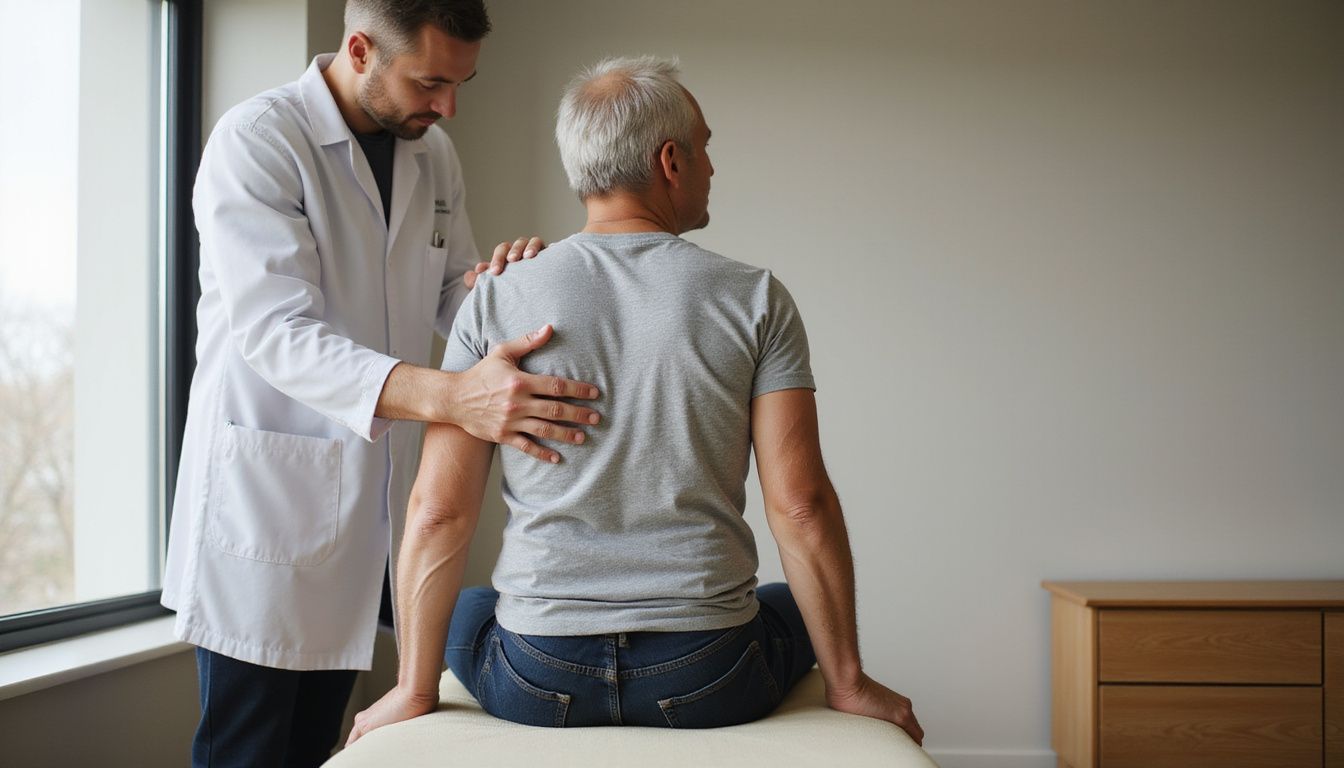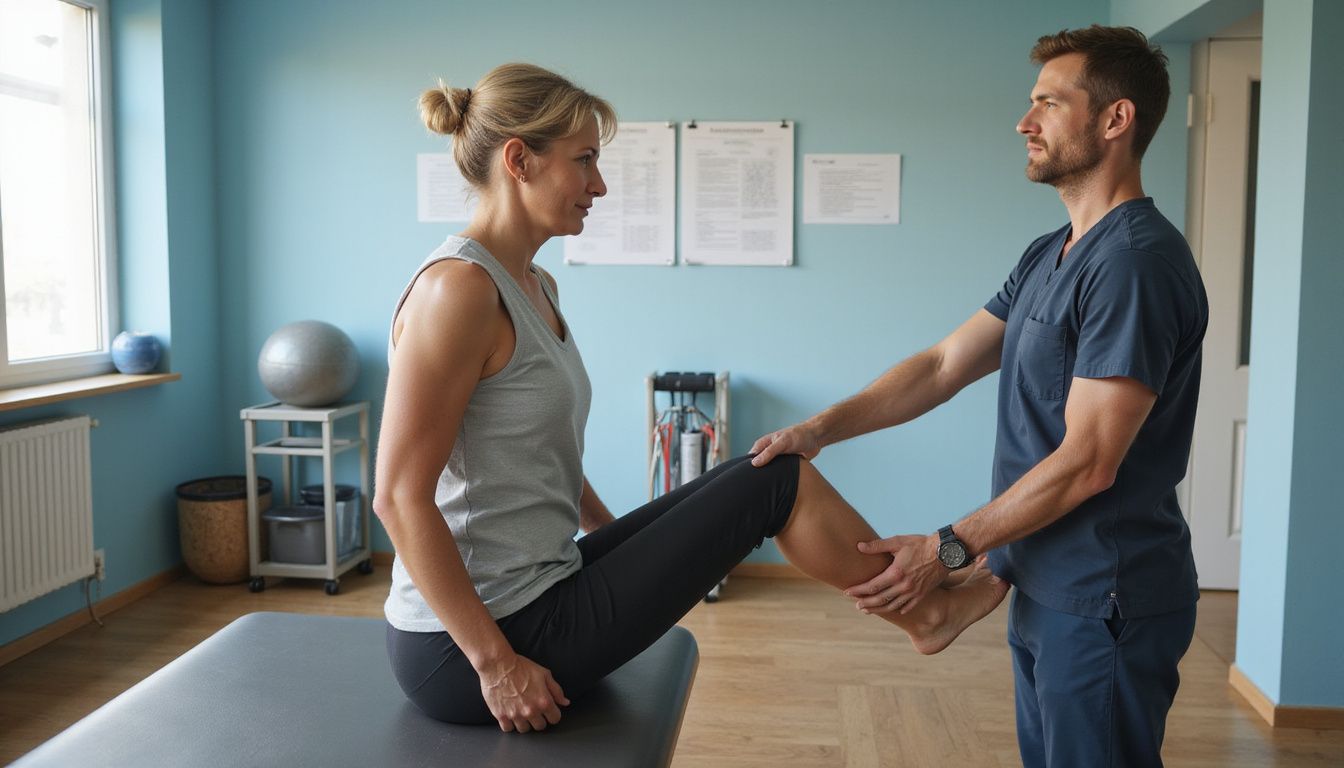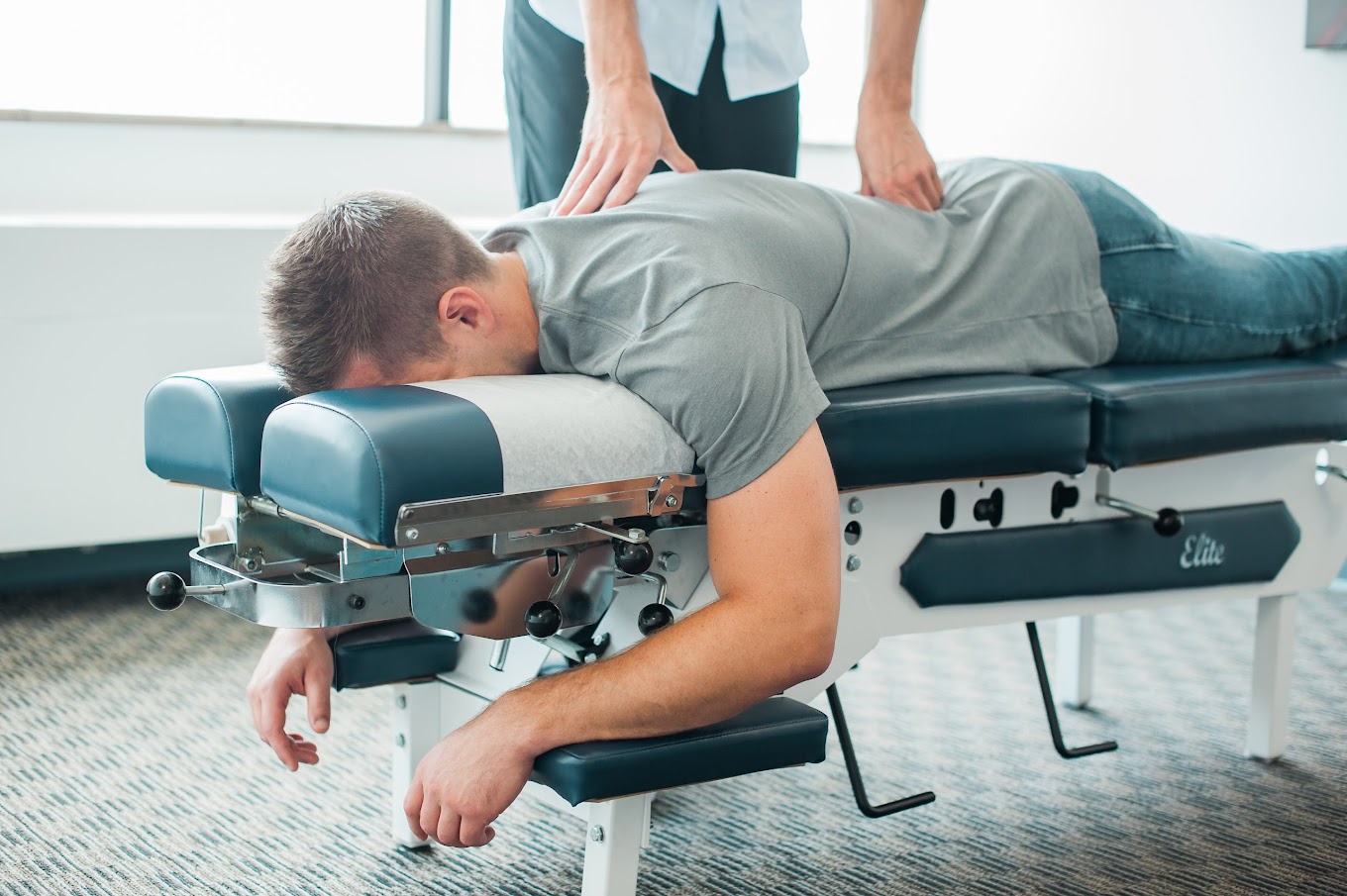Solved! Best Treatment for Car Accident Injuries

Table of Contents
Car accidents can turn life upside down in just a few seconds. Whether it is whiplash, back pain, or something more serious like a traumatic brain injury, the effects are often more than physical. Some people initially ignore their symptoms, hoping they will subside on their own. But that decision can lead to more significant problems down the road.
Not all injuries are immediately apparent. Internal bleeding or spinal damage may not cause noticeable pain right away. That is why it is crucial to seek medical attention immediately after a car accident, even if you feel fine.
This article outlines the most effective treatment options for common injuries resulting from car accidents. From pain relief and physical therapy to chiropractic care, acupuncture, and surgery, we will explain what helps and why. You will also find advice on home care strategies, medication use, and what to do right after an accident.
| Key Insight | Why It Matters |
|---|---|
| Get medical help right away. | Adrenaline can hide serious injuries like internal bleeding or nerve damage. |
| Address symptoms early | Pain, stiffness, or weakness can worsen over time if left untreated |
| Consider multiple treatments | Combining chiropractic care, therapy, and rest improves recovery |
| Follow a recovery plan | Structure, nutrition, and mental health all support healing |
| Include home care | Simple actions like rest and ice speed up your recovery |
| Prevent long-term damage | Early care reduces future medical costs and lasting health problems |

What to Do Immediately After a Car Accident
Before considering treatment, your first actions after a crash can help protect both your health and your legal rights.
Immediate steps to take:
Call 911 if you or anyone else is injured.
Get a medical evaluation right away, even if you feel fine.
Take pictures of the accident scene, vehicles, and any visible injuries.
Exchange contact and insurance information with others involved.
File a police report to document the incident.
These actions ensure you receive proper care and can help with insurance claims later on.
Common Treatments for Car Accident Injuries
Treatment depends on the type and severity of the injury. Below are the most effective options available for physical recovery.
Pain Management
Managing pain is often the first step after an accident. This can involve over-the-counter medications, prescription drugs, or alternative therapies.
Types of medications commonly used:
| Medication Type | Purpose |
|---|---|
| NSAIDs (like ibuprofen) | Reduce inflammation and swelling |
| Muscle relaxants | Relieve tension and spasms |
| Nerve pain medications | Help with shooting pain or tingling |
| Prescription pain relievers | Used in more severe cases under medical supervision |
Massage therapy, heat or cold compresses, and rest can also help manage discomfort while your body heals.

Chiropractic Care
Chiropractic care is a non-invasive option commonly used to treat back and neck injuries following an accident. Chiropractors focus on restoring joint function and maintaining proper spinal alignment.
Chiropractic adjustments can reduce pressure on nerves, relieve muscle tension, and help with:
Whiplash
Herniated or bulging discs
Limited mobility
Soft tissue damage
Some people combine chiropractic care with physical therapy or acupuncture for a more complete approach.
Physical Therapy and Rehabilitation
Physical therapy helps restore strength, flexibility, and movement after injury. It is beneficial for:
Whiplash
Joint and muscle injuries
Limited range of motion
Spinal or back pain
A physical therapist will design a customized plan that includes exercises, stretches, and techniques such as ultrasound or electrical stimulation to support healing.
Rehabilitation may also include mental health counseling or occupational therapy, especially in cases involving traumatic brain injuries or long-term disability.
Acupuncture
Acupuncture is sometimes used to help with pain and inflammation after an accident. This practice involves placing thin needles at specific points on the body to relieve discomfort and improve circulation.
Some people find it helps with:
Neck and back pain
Muscle tension
Headaches
Anxiety related to trauma
Acupuncture is often used in conjunction with other treatments, such as chiropractic care or massage therapy.
Surgical Treatment
Surgery is needed for more severe injuries and is usually recommended by a specialist based on imaging and physical examination.
Examples of injuries that may require surgery:
| Injury Type | Surgical Goal |
|---|---|
| Internal bleeding | Stop bleeding and repair organs |
| Skull fractures | Protect brain tissue and relieve pressure |
| Spinal cord injuries | Stabilize the spine and reduce nerve damage |
| Complex fractures | Realign and secure bones using hardware |
Even after surgery, recovery may involve therapy, medication, and long-term monitoring.
Home Care Strategies After a Car Accident
Alongside professional treatments, caring for your body at home plays a key role in recovery. These simple steps can reduce pain, improve healing, and prevent setbacks.
| Home Strategy | Benefit |
|---|---|
| Rest | Helps tissue heal and reduces stress on injured areas |
| Ice | Decreases swelling and eases sharp pain in the first 48 hours |
| Heat | Relaxes stiff muscles and improves circulation after inflammation goes down |
| Gentle movement | Keeps joints flexible and prevents stiffness after clearance from a doctor |
| Nutrition | Foods rich in protein, vitamins, and minerals support tissue repair |
| Hydration | Keeps muscles and joints healthy during the healing process |
| Sleep | Promotes full-body recovery and mental clarity |
Avoid alcohol and smoking during this time, as both can slow the healing process and interfere with medications.
Building a Recovery Plan
Creating a structured recovery plan helps you stay on track, measure progress, and adjust your care based on how your body responds.
Here are the key components of a smart recovery plan:
| Step | Purpose |
|---|---|
| See a doctor regularly | Monitor healing and adjust treatment as needed |
| Attend physical therapy | Improve strength, flexibility, and posture |
| Continue chiropractic care | Maintain spinal health and reduce pressure on nerves |
| Take medications as prescribed | Avoid overuse and follow safe dosage instructions |
| Prioritize sleep and stress reduction | Mental health affects physical recovery |
| Eat balanced meals | Fuel your recovery with nutrient-dense foods |
| Communicate with your care team | Report new symptoms or setbacks quickly |
In severe cases, collaboration with multiple specialists, such as orthopedic surgeons, neurologists, and rehabilitation therapists, may be necessary.
Conclusion
The best treatment after a car accident depends on your specific injuries and how quickly you seek care. Chiropractic care, physical therapy, acupuncture, medication, and surgery can all play important roles in helping you heal.
Do not wait for pain to go away on its own. Even minor discomfort can escalate into a more significant issue without the proper support. When combined with home care and a thoughtful recovery plan, these treatments can make a lasting difference in how you feel and function in the future.

Dr Jeff Grosskopf founded Epic Life Chiropractic in Wauwatosa, Wisconsin. He earned a BS in Exercise Science from Trinity Christian College and his DC from Life Chiropractic College. With over 17 years of experience, he uses advanced imaging, MyoVision scanning, and the Torque Release Technique to correct spinal ligament injuries and vertebral subluxations. He works alongside personal injury attorneys across Wisconsin to provide expert evaluations and precise treatment plans. Dr Jeff lives in Sussex with his wife Amy and their children Bradlee and William. He stays active through running, strength training, and baseball, and volunteers at his church in Menomonee Falls.

